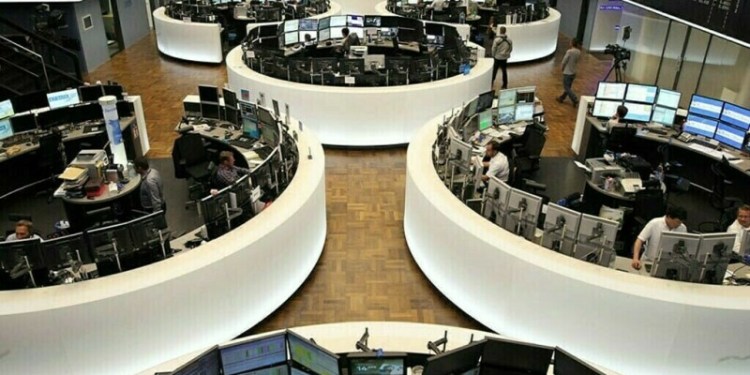Higher Asian paraxylene supply and a spike in US prices have reversed the arbitrage flow of PX, with more than 30,000 mt heard fixed so far for August loading from India and the Middle East to the US or Mexico, according to market sources and shipping reports this week.
More volumes could have moved from Northeast Asia, according to market sources, but the magnitude of the reverse arbitrage flow from Northeast Asia to the US is unclear.
The US Gulf Coast has traditionally been an arbitrage supply source for Asia.
But ample Asian supply following the start-up of new capacity across the region, combined with seasonally higher US prices, have kept reverse arbitrage economics open since late June, with traders heard still looking to ship cargoes from Northeast Asia to the US.
“US PX prices are higher than Asia, so I think in that case Asian cargoes will go to [the] US rather than the other way,” a South Korean producer source said.
US benchmark was assessed at $890/mt FOB US Gulf Tuesday, or $59.50/mt above the Asian marker of $830.50/mt FOB Korea.
That means the arbitrage is currently open from Asia, as freight rates for 5,000-10,000 mt cargoes from South Korea to the US Gulf Coast are around $43-$49/mt.
But reverse arbitrage movements to the US are expected to slow for September with the end of peak summer gasoline demand season in the US.
“We are still trying to ship PX to the US but there are less buyers now … it’s not easy to sell,” a South Korean trader said, adding that buyers were still in the market for cargoes arriving in the US in September at the latest.
The shipping time from Northeast Asia to the US East Coast — where much of end-user demand is located — is about 60 days.
Gasoline demand in the US typically peaks over the summer driving season between June and August, which will see producers maximize gasoline blending at the expense of PX production.
This is particularly so this year, as gasoline blending economics have been unusually strong.
The reverse arbitrage flow is also supported by fundamentally higher PX supply in Asia, where 7 million mt/year of new production capacity were brought onstream last year. Of this, 3.3 million mt/year, or 47%, came from South Korea alone.
The sharp rise in greenfield capacity from South Korea has already seen exports from the country displace arbitrage supply from Europe and the US into key Asian buyer China so far this year.
Figures compiled from monthly Chinese customs data showed a sharp rise in imports from South Korea over the first six months, jumping 67.5% on year to 2.47 million mt.
At the same time, imports from the US fell 56.3% to 75,728 mt, while arrivals from the Netherlands shrank 36.9% to 50,167 mt.
Total PX imports by China grew 24.3% on year to to 5.88 million mt over January-June.
Further length to Asia would come from the start-up of the new Ningbo Zhongjin PX plant in China in August or September.
Adding to this, some of the existing PX plants in Asia, such as Singapore’s Jurong Aromatics Corp. and China’s Dragon Aromatics, are currently out of production and have been so for some time. But once they do restart, they will add to the length in Asia — potentially reducing the need for arbitrage shipments to Asia.
Ningbo Zhongjin and Dragon Aromatics each has the capacity to produce 1.6 million mt/year of PX, while JAC can produce 800,000 mt/year of PX.




























